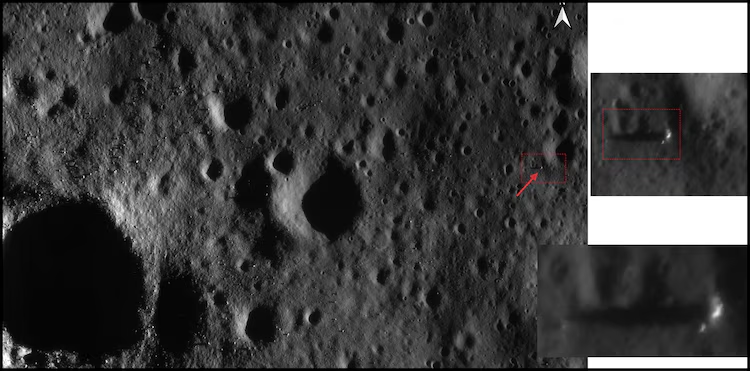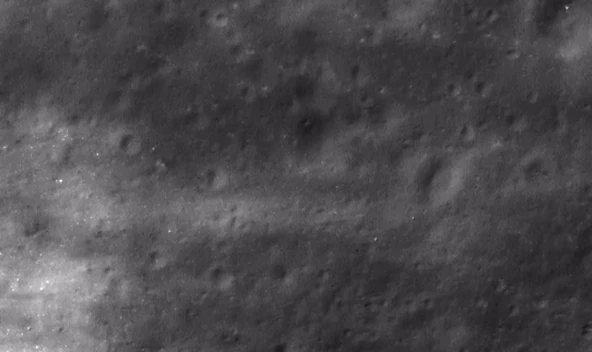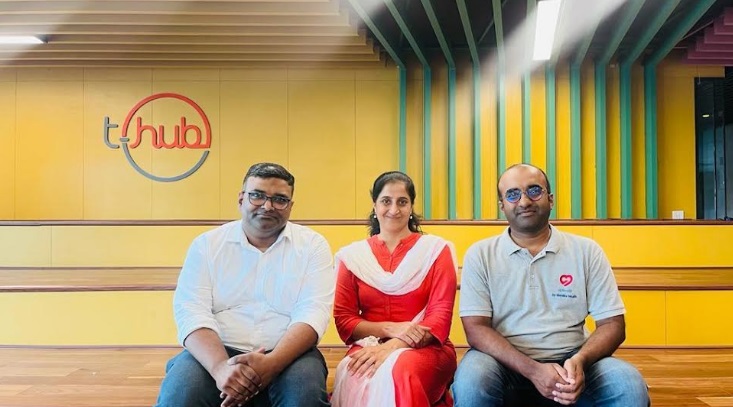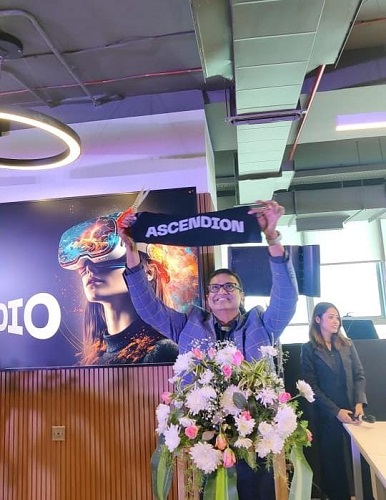India became the first country to land close to the lunar South Pole and just the fourth to land on the moon under control with Chandrayaan-3.
To prevent any collisions with satellites and debris, India’s moon mission, Chandrayaan-3, was launched four seconds later than planned, according to a new study from the Indian Space Research Organization (ISRO).
India defers approval of Paytm Investment in its payments arm, sources say.
The space agency stated in a blog post on Friday that for LVM3-M4/Chandrayaan-3, “the nominal lift-off had to be delayed by 4 seconds based on COLA analysis to avoid close approaches between a debris object and the injected satellites in their orbital phase due to overlapping operational altitudes.”
S Somanath, chairperson of ISRO, unveiled the Indian Space Situational Assessment Report (ISSAR) for 2023, an annual overview of the space situation, prepared by ISRO’s System for Safe and Sustainable Space Operations Management (IS4OM) earlier this month.
The study emphasized how susceptible space assets are to a range of environmental threats, including meteoroids, comets, asteroids, and artificial space objects. It emphasized maintaining constant awareness to predict atmospheric re-entry, evaluate satellite and launch vehicle approaches up close, and track the evolution of space objects.
The report also said that no launch vehicle-safe liftoffs were observed nearby. additional near approaches were found to be secure
Following the launch, ISRO verified that during the Chandrayaan-3 mission and the Earth-bound phase of Aditya-L1, no detected close encounters with other space objects occurred.
Chandrayaan-3: India’s moonshot
India’s lunar mission, Chandrayaan 3, embarked on its journey from the ISRO’s Satish Dhawan Space Centre in Sriharikota on July 14. Approximately a month later, on August 23, the Vikram lander, accompanied by the Pragyan Rover, successfully landed on the moon.
This made India the first nation to land near the lunar South Pole and only the fourth to achieve a controlled lunar landing.
After 10 days of exploration on the lunar surface, both the lander and rover entered a dormant state. The propulsion module remained in the lunar orbit which it had attained after separating from the lander.
Indian Space Situational Assessment Report 2023 | Top points
- A total of 127 Indian satellites were launched from the inception of the Indian space program until December 31, 2023.
- The Indian government owns 22 operational satellites in Low Earth Orbit (LEO) and 29 in Geo-synchronous Earth Orbit (GEO) as of December 31, 2023.
- Three active Indian deep space missions by the end of 2023: Chandrayaan-2 Orbiter, Aditya-L1, and Chandrayaan-3 Propulsion Module.
- By the end of 2023, 21 Indian satellites had re-entered the atmosphere, with 8 re-entries occurring in 2023 alone. Megha-tropiques-1 underwent controlled re-entry in 2023.
- 82 rocket bodies from Indian launches were placed in orbit till 2023, with 52 debris from PSLV-C3 still in orbit by the end of 2023. Thirty-five intact rocket bodies re-entered Earth’s atmosphere till 2023 end, with five re-entries in 2023.
- SSLV-D2/EOS7, LVM3-M3/ONEWEB_II, PSLV-C55/TeLEOS-2, GSLV-F12 NVS-01, LVM3-M4/Chandrayaan-3, PSLV-C56/DS-SAR, and PSLV-C57/Aditya L-1 were among the seven ISRO launches in 2023 that were all successful. As a consequence, eight rocket bodies—including POEM-2—46 foreign satellites, five Indian spacecraft, and forty-six foreign satellites were all placed in their intended orbits.











